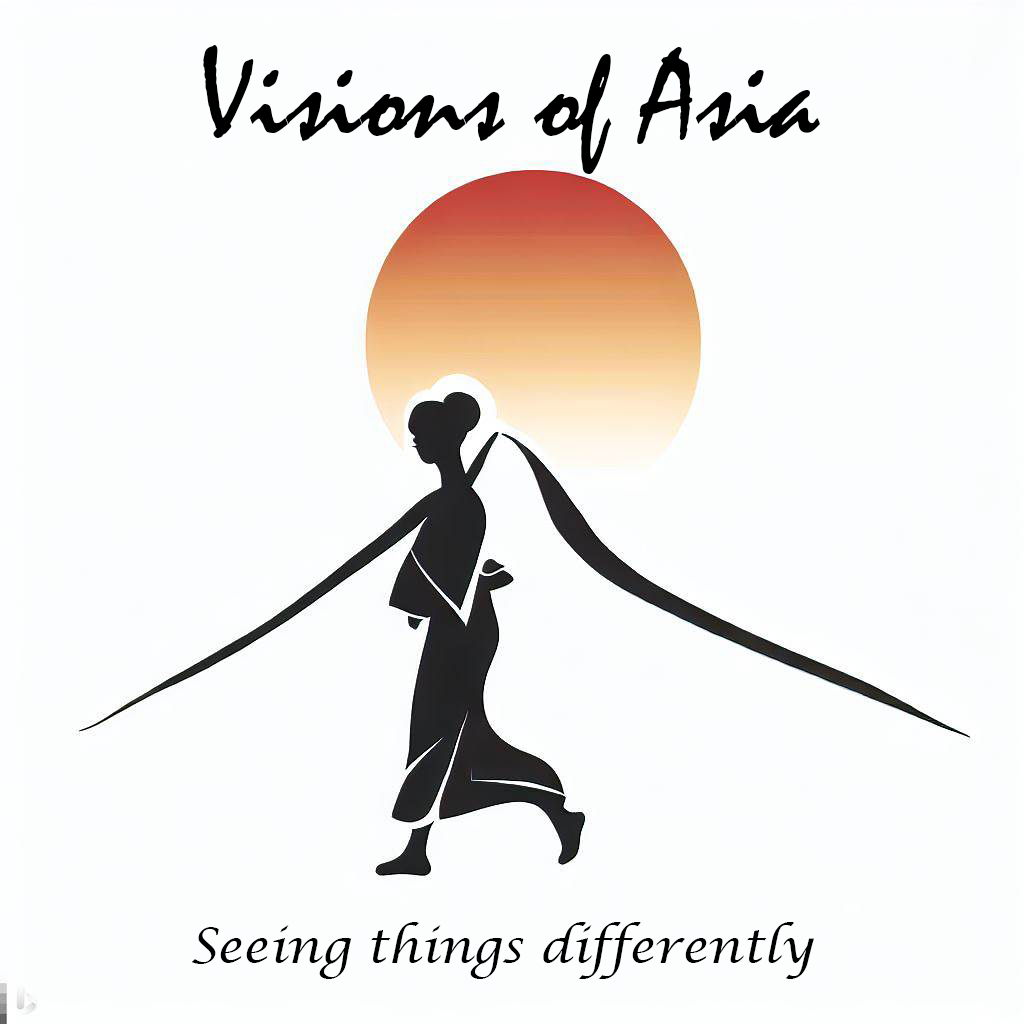After three long years of COVID restrictions, I yearned for the vivid contrasts of Tokyo’s nights – from the blazing neons of Shibuya’s towering screens and scrambled crossings, to the cozy izakayas tucked away in Shinjuku’s Omoide Yokocho. For my first night back, I would undoubtedly head to Shibuya, to be part of the scramble of pedestrians surrounded by the Blade Runner-style loud screens. And in brutal contrast, in a forgotten backyard of Shinjuku, I wandered the gritty alleys of Omoide Yokocho. This night encapsulated the diverse facets of Tokyo I had so sorely missed.
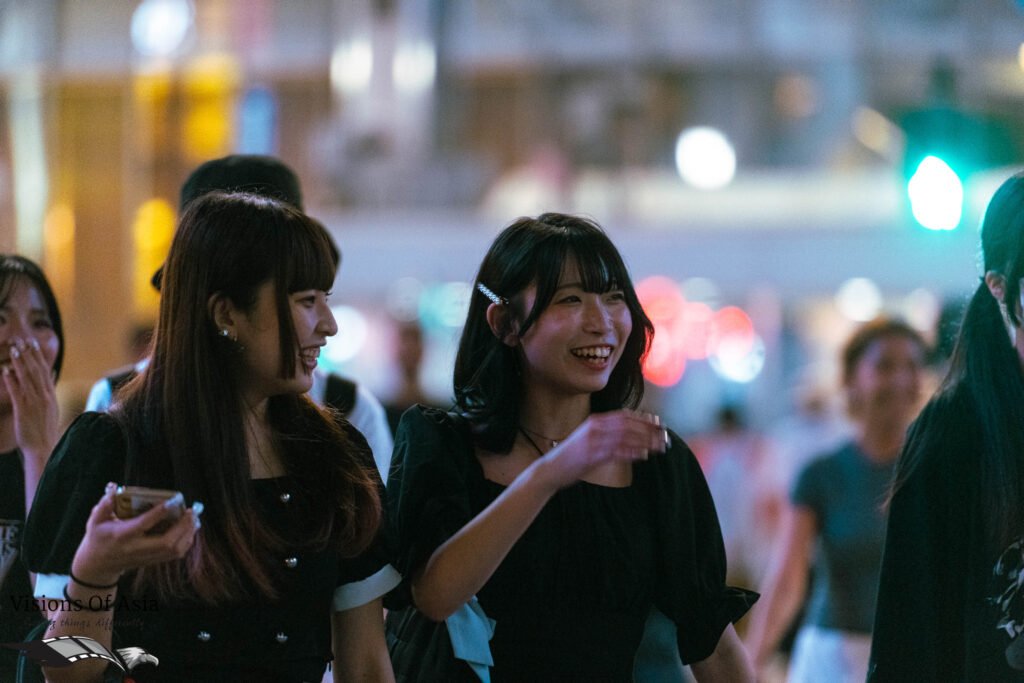
Over my trip, my journey would take me from the electric capital to the more laidback charms of Tokushima. But first, I was eager to lose myself once again in Tokyo’s singular, dynamic nights – where futuristic skylines meet timeless traditions.
Shibuya, the future is now
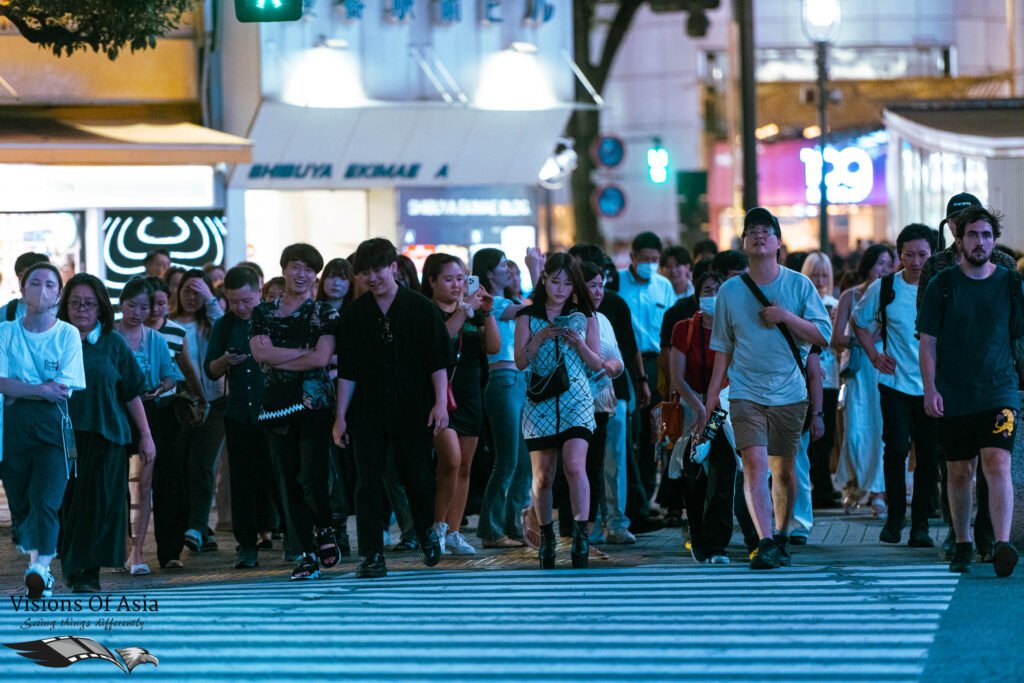
For first-time visitors of Japan, seeing the scrambled crossing of Shibuya can really be a staggering experience. But for seasoned visitors, being in this arena of light and sound still skips a beat from your heart, never mind how many times you visit it.
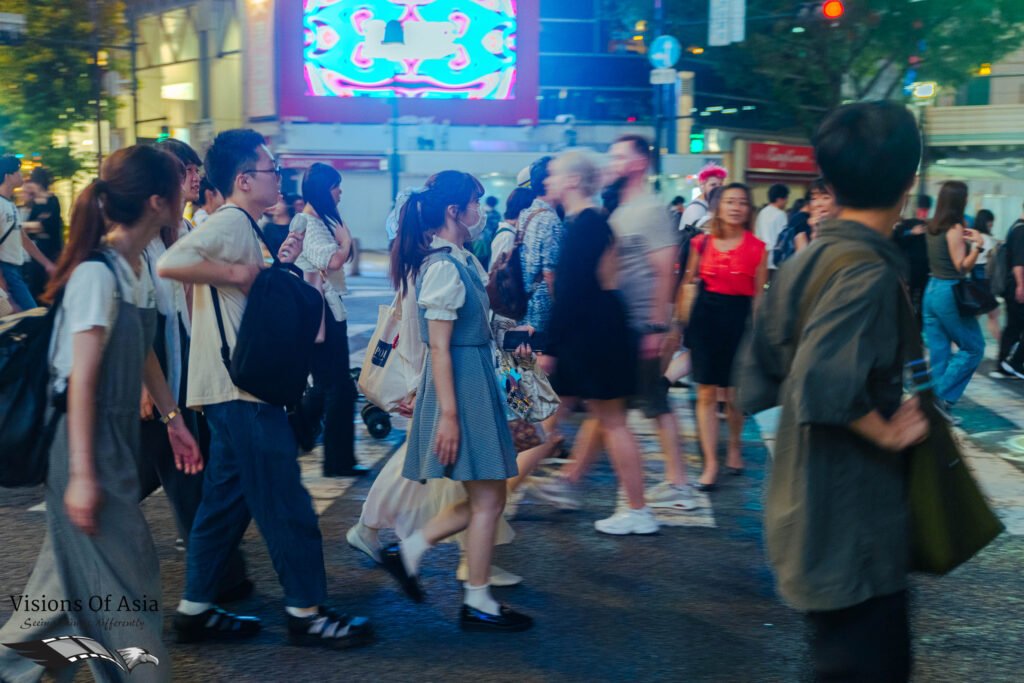
At no other time is the experience as striking as at night, when the towering screens flash over the crossing, and anime-like voices surge through the loudspeakers. The cinematic Blade Runner aesthetic came to life, surrounding me in this electric city where the current seemed to course through both screens and people. And this same energy coursed in the numerous tourists running to capture selfies in the crowd.
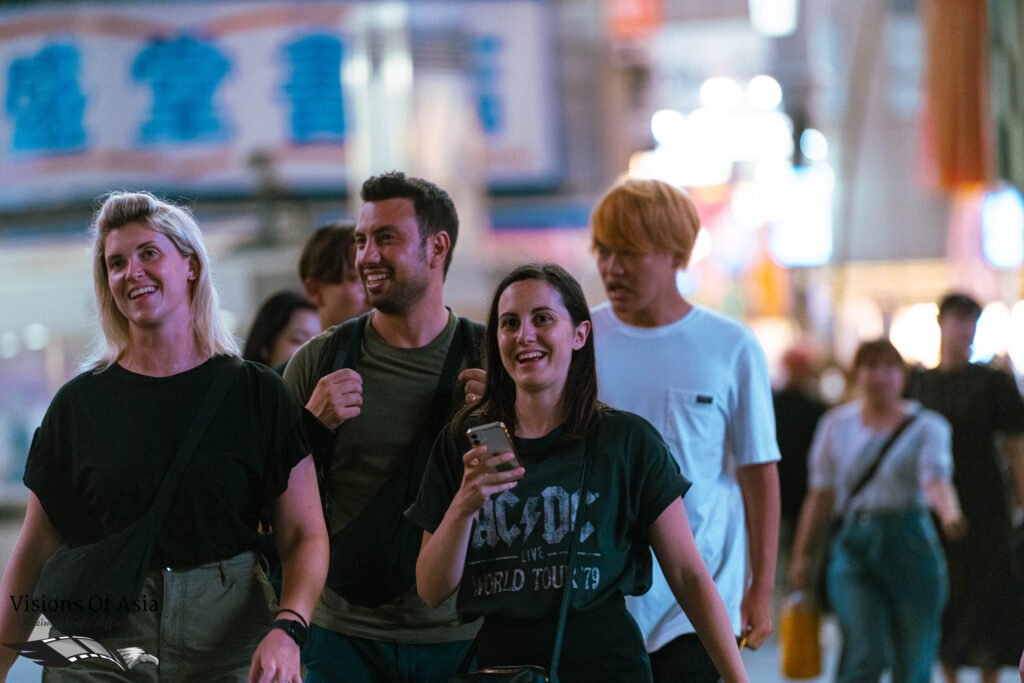
Yet, even in this pulsating crossing, tradition was still present as some decorations on the streets referred to the Tanabata festival (the annual celebration honoring the meeting of the two star-crossed deities Orihime and Hikoboshi).
The energy of this Shibuya scrambled crossing still coursed through my veins as I headed back to Shinjuku, where I was based in the not less vibrant Kabukicho area. But before heading back to the hotel, there was time for a quick snack in one of those Izakayas (local inns) which line Omoide Yokocho.
Walking down “memory lane” in Shinjuku

Just a few train stops from the electric energy of Shibuya, I headed to the cramped, gritty alleys of Omoide Yokocho near Shinjuku station. Translating to “memory lane,” this maze of bars and izakayas (local inns) immediately felt like stepping back into postwar, mid-century Japan.
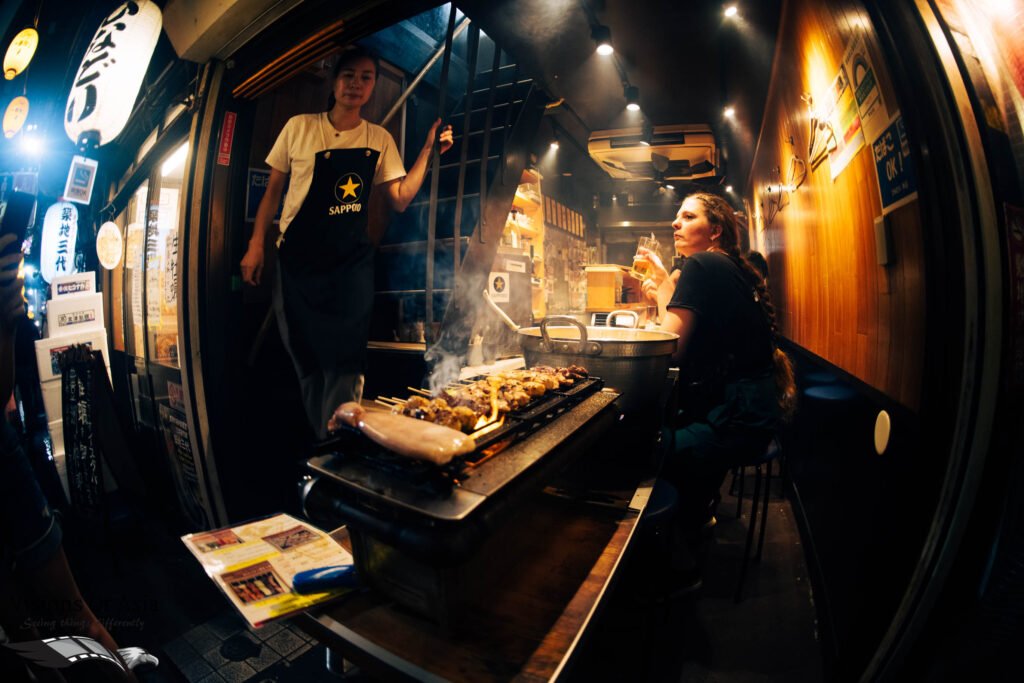
The aromas of grilled meat on small charcoal stoves transported me decades back, as did the Japanese chatter and laughter spilling from doorways. Moving from Shibuya’s pulsing futurism to this nostalgic atmosphere was utterly transportive, a walk into a time capsule which made me feel as tough I had just walked into a Kurosawa movie.
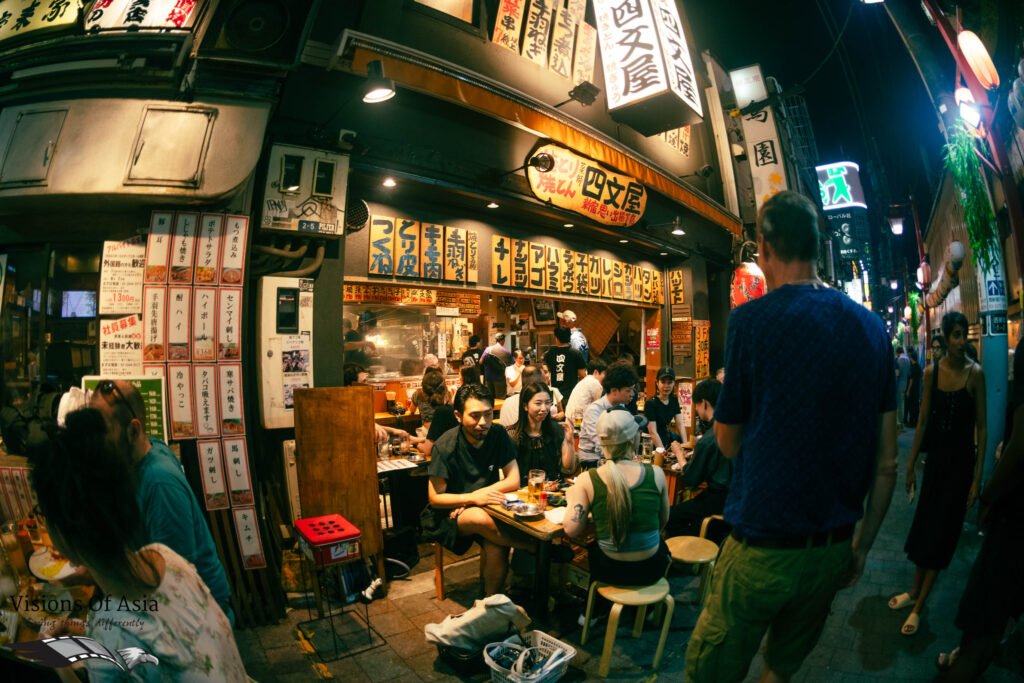
While most of the patrons were Japanese, wide-eyed foreign tourists also wandered the alleys, perhaps seeking some authentic nostalgia amidst the modern metropolis. I wondered if Omoide Yokocho was becoming just another pre-packaged “experience” for travelers, like so many tourist traps promising local flavor. Eager to judge for myself, I stepped into one of the izakayas to sample the food and soak in the atmosphere.
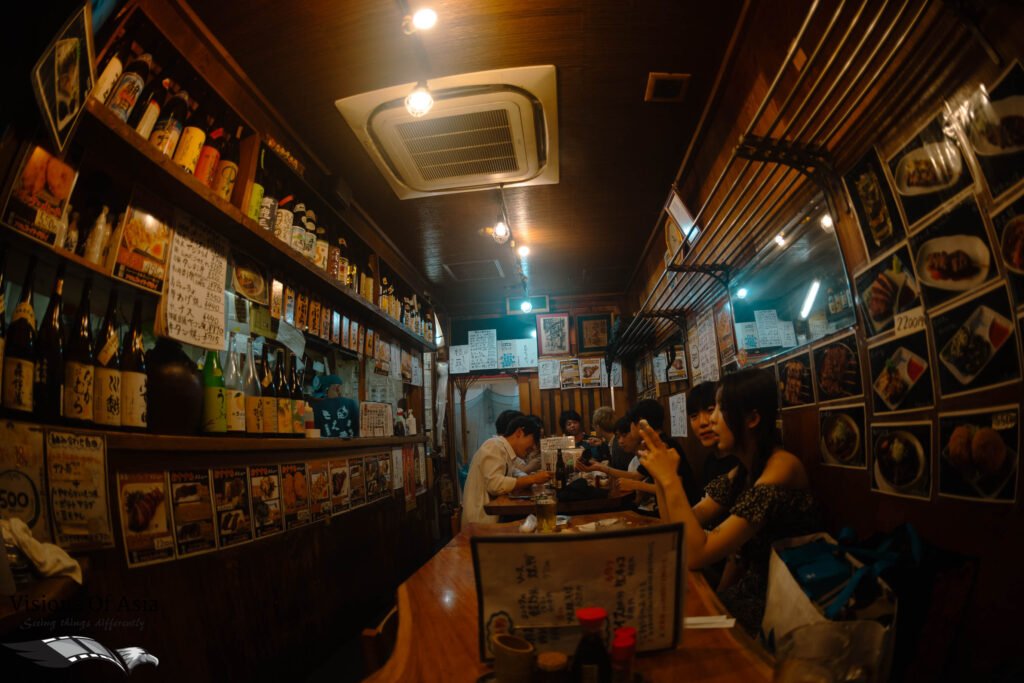
Contrary to most restaurants, these izakayas charge you, in any case, a starting charge of 375 JPY per head. This minimum charge covers allegedly the supply of a serviette to wipe your hands as well as some (raw) cabbage to be eaten as snack. You were also expected to order at least two food items and one drink (sake, beer, etc). While each item is priced modestly, it all quickly adds up to make a modest meal for one around 2,000 JPY. For reference, a ramen dish in a restaurant would boil down to 1,000 JPY.
However, as sizzling skewers of pork arrived at my table, accompanied by casual banter in Japanese filling the air, the time capsule feeling proved transportive enough to warrant the premium. Looking at the menu, I noted with some mild concern that you could also order… pork rectum!
Surprisingly modern POS systems handled payment behind the postwar-style counters, underscoring the unique blurring of past and present. With the vision of Shibuya’s futurism still fresh in my mind, the timeworn allure of Omoide Yokocho provided a time-traveling contrast.
Kabukicho, the sleepless Tokyo
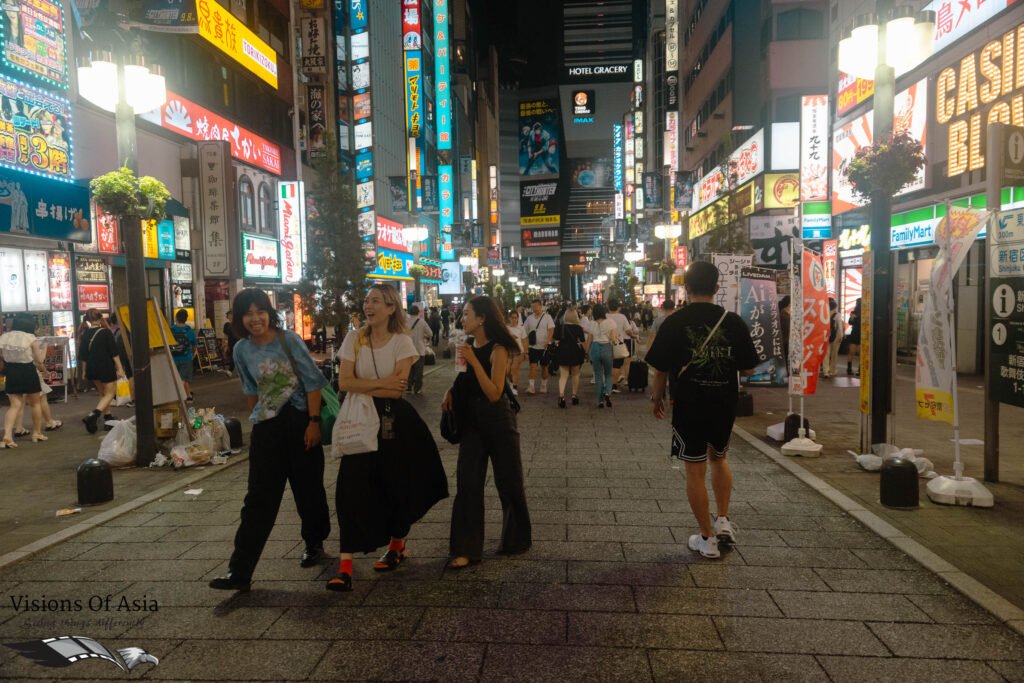
My hotel sat in Kabukicho, Tokyo’s infamous red-light district. If Shibuya was futuristic, Kabukicho was more of a restless insomniac’s haunt. Neon lights lit up the streets where tourists and locals mingled in search of the excitement promised by the flashing lights. While seemingly benign on the surface, young ladies clad in maid outfits touted snacks and drinks for 3,000 JPY “only”. Obviously, the 3,000 JPY never cover what is called the “lady drinks” for the hostesses, and first-timers often fall for the obvious honeytrap and end up deeply out of pocket.
Despite this twisted nightlife, being near Shinjuku station made Kabukicho an ideal home base to explore Tokyo’s energy before moving on.
My next destination was Mount Fuji – a peaceful and meditative contrast to the pulsing megalopolis. Mount Fuji has long been sacred, but its enchanting beauty perseveres and its iconic silhouette personifies Japan. After Tokyo’s electric nights, I looked forward to connecting meeting Fuji-sand and its majestic presence.
